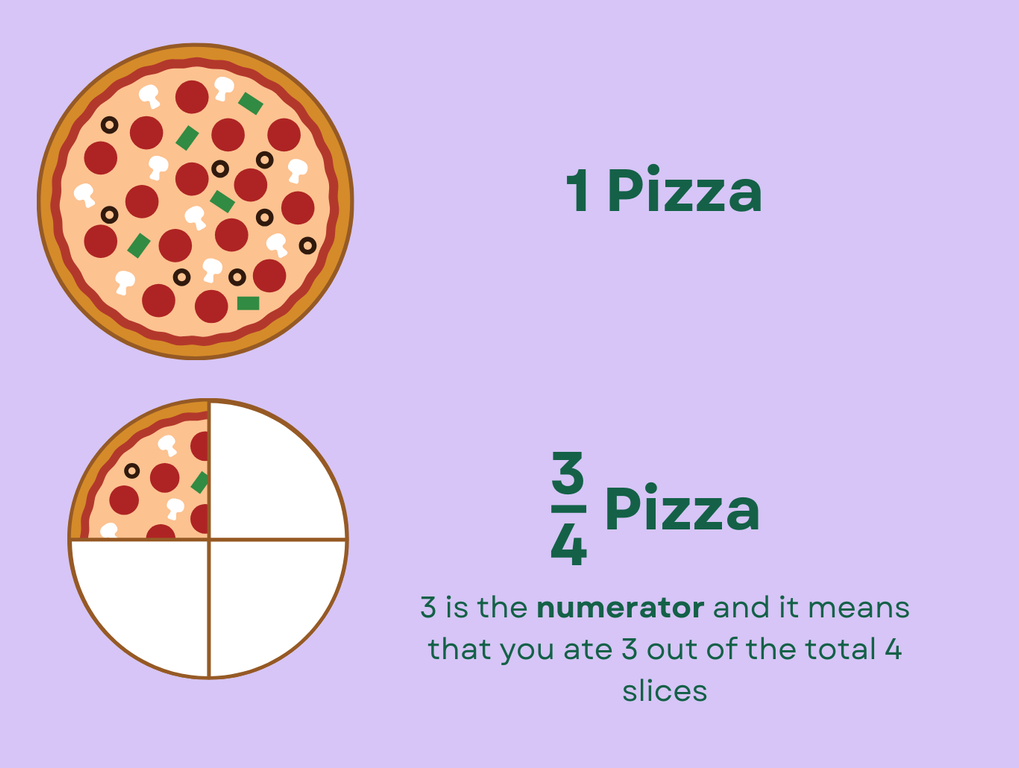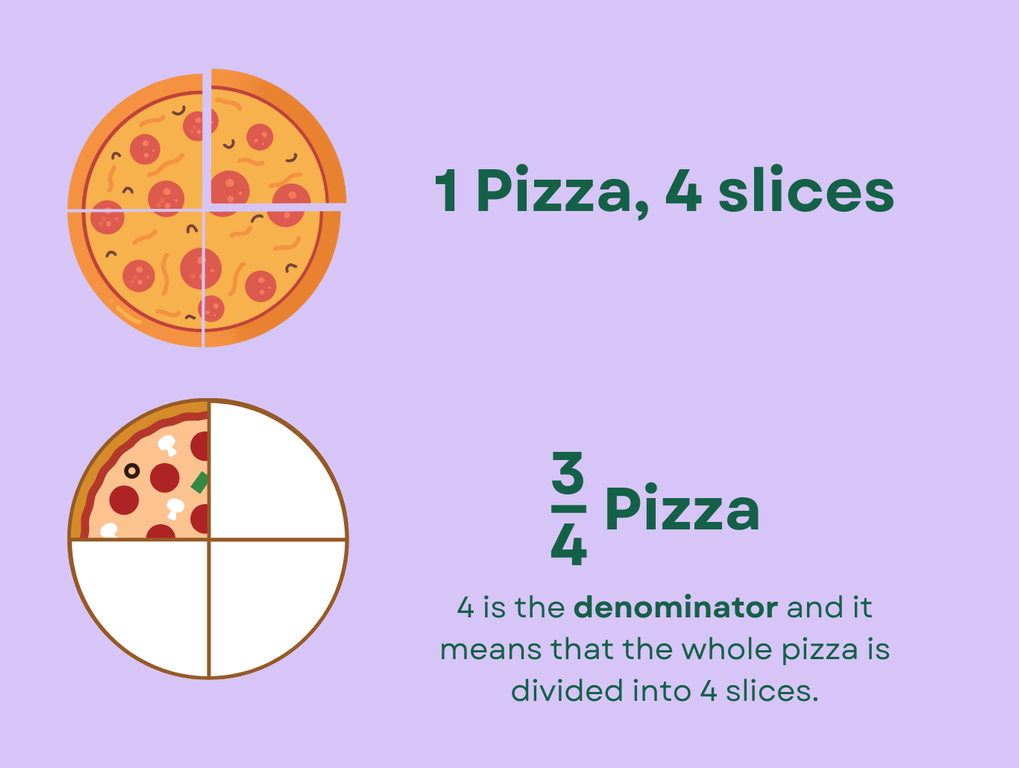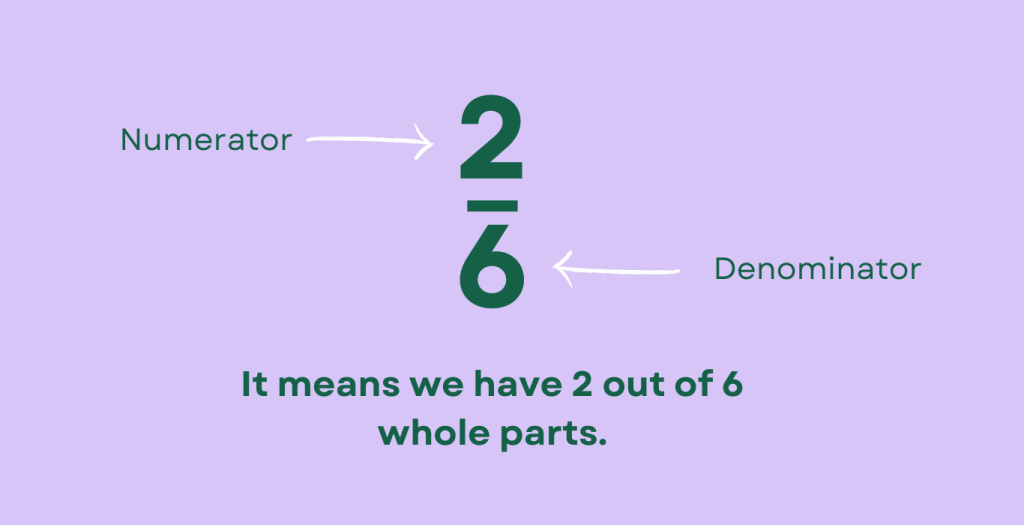Understanding Numerator and Denominator
Introduction
Numerator and Denominator
In the realm of mathematics, the concepts of Numerator and Denominator are fundamental to understanding fractions and their significance in various mathematical contexts. Let’s delve into the world of Numerator and Denominator to gain a comprehensive understanding of their role in mathematics.
Analogy of Definition
What are Numerators?
The numerator is the top number in a fraction. It tells us how many parts of a whole we have. Think of a fraction like a pizza that’s been divided into slices. If you eat some slices, the numerator tells you how many slices you ate.
Example:
Imagine you have a pizza cut into 4 equal slices. If you eat 3 slices, you would write that as a fraction: 43
What are Denominators?
The denominator is the bottom number in a fraction. It tells us how many equal parts the whole is divided into. Think of the denominator as the total number of slices in a pizza.
Example:
Imagine you have a pizza cut into 4 equal slices. If you eat 3 slices, you would write that as a fraction:43.

Method
Understanding Fractions through Numerator and Denominator:
The numerator and denominator work together to show how much of the whole you have. Here’s how they work in harmony:
Numerator: Shows how many parts you have.
Denominator: Shows the total number of equal parts the whole is divided into.
For example, in 62
The numerator (2) tells us we have 2 parts.
The denominator (6) tells us the whole is divided into 6 equal parts.

Examples
Example 1: Identify numerator and denominator in the fraction 53
Numerator: 3
Denominator: 5
Example 2: Identify numerator and denominator in the fraction 46
Numerator: 6
Denominator: 4
Quiz
Tips and Tricks
1. N for Numerator and N for North
Tip: The numerator is on the top, just like the north direction is at the top of a map.
2. Top of the Tower
Tip: Imagine the fraction as a tower. The numerator is like the top floor of the tower.
3. D for Denominator and D for Down
Tip: The denominator is on the bottom, just like “down” is at the bottom.
4. Bottom of the Tower
Tip: Imagine the fraction as a tower. The denominator is like the ground floor of the tower.
Real life application
Story: The Fraction Adventure of Ava and Liam
Ava and Liam, two adventurous learners, embarked on a journey filled with real-life applications of Numerator and Denominator, encountering various scenarios where fractions played a crucial role.
Scenario 1: Baking Delight
Ava and Liam assisted their parents in baking a cake, where they encountered the need to measure ingredients using fractions. Understanding the Numerator and Denominator helped them accurately measure and combine the ingredients, resulting in a delicious cake.
Scenario 2: Artistic Endeavors
Exploring their artistic talents, Ava and Liam utilized fractions to divide a canvas into equal parts, with the Numerator and Denominator guiding their placement of artistic elements within each section.
Scenario 3: Sharing Treats
When sharing a box of chocolates with friends, Ava and Liam used fractions to divide the treats equally, ensuring that each friend received a fair share based on the Numerator and Denominator of the fractions.
FAQ's
Like? Share it with your friends






